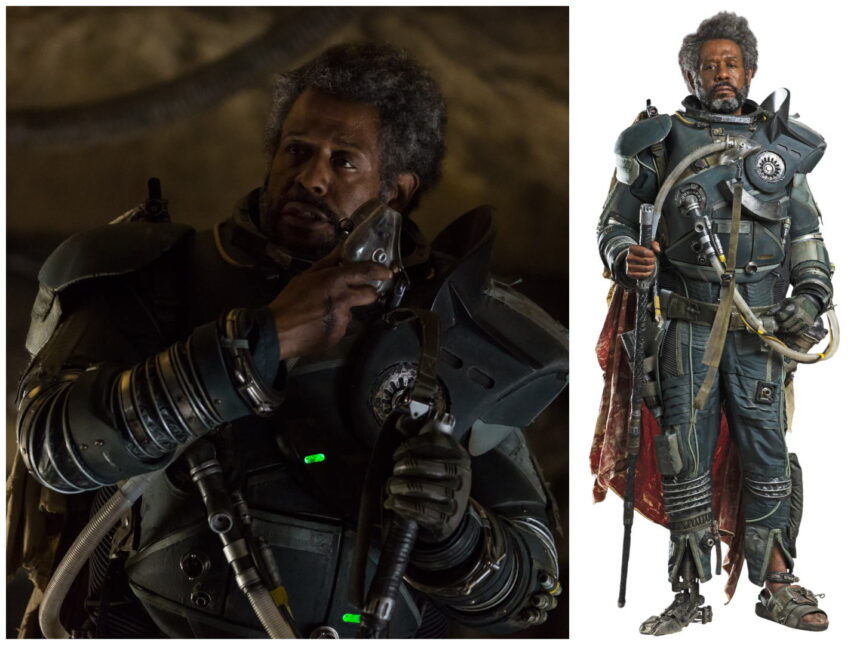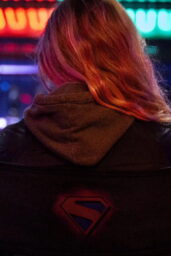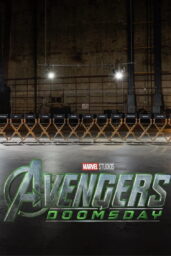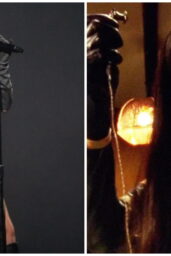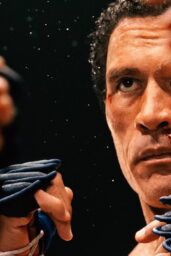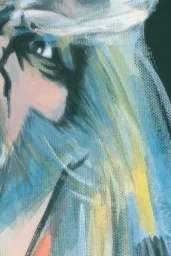In the sprawling galaxy of Star Wars, where lightsabers hum and spaceships soar, Saw Gerrera stands as a testament to the human cost of rebellion. First introduced in Star Wars: The Clone Wars, Saw's journey from a young resistance fighter to a battle-scarred leader in Rogue One is marked by loss, sacrifice, and now, in Andor Season 2, a deeply personal connection to the very substance that sustains his fight. The revelation about why Saw needs his breathing mask isn't just a plot point—it's a profound exploration of sacrifice, addiction, and the revolutionary spirit.
The Toxic Truth: Rhydonium and Revolution
Andor Season 2 peels back the layers of Saw Gerrera's character, revealing that his need for a breathing apparatus isn't just a result of battlefield injuries but a consequence of his intimate relationship with rhydonium, a highly toxic fuel. In a pivotal scene in Episode 5, Saw explains to Wilmon Paak, a young recruit, how his exposure to rhydonium began in a prison camp on Onderon, likely run by the Separatist-aligned government during the Clone Wars. “One day, everyone started to itch,” he recounts, describing how the fumes seeped into their skin before they could even smell them. While others panicked and fled, Saw embraced the burn, finding in it a strange comfort that would shape his life.
Over the years, Saw's deliberate inhalation of rhydonium fumes—despite their lethality—damaged his lungs, necessitating the pressurized suit and oxygen mask seen in Rogue One (SlashFilm: Andor Season 2 Explains Saw's Breathing Device). Rhydonium is no ordinary fuel; it's highly flammable and its fumes can burn from the inside out, making Saw's fixation all the more perilous. Yet, he stands unfazed in its presence, delivering one of the show's most gripping monologues: “We're the rhydo, kid. We're the fuel. We're the thing that explodes when there's too much friction in the air.” In Saw's mind, rhydonium isn't just a substance—it's a metaphor for the revolutionary spirit, a force that consumes as much as it empowers.
A Sister's Legacy: Steela and the Spirit of Rebellion
Saw's relationship with rhydonium isn't merely physical; it's deeply psychological and tied to his personal history. Fans of The Clone Wars know that Saw's sister, Steela Gerrera, was a key figure in the Onderon rebellion, leading the fight against the Separatists until her tragic death (Wookieepedia: Saw Gerrera). In Andor Season 2, Saw reveals that he associates rhydonium with Steela, calling it “my sister” and claiming, “she loves me.” This isn't madness—it's a poignant coping mechanism. By inhaling the toxic fumes, Saw channels Steela's revolutionary essence, keeping her memory alive through the very materials of war.
This connection adds a tragic layer to Saw's character. His breathing mask, once a mysterious accessory, now stands as a tangible link to Steela, a sister whose death fueled his descent into extremism. “That itch, that burn… You feel how badly she wants to explode?” Saw asks Wilmon, drawing a direct line between the fuel and the fire of rebellion. He even speaks to the rhydonium itself, saying, “I have always loved you,” suggesting that his exposure is both a tribute to Steela and a way to fuel his own resolve. This blurring of the physical and symbolic makes Saw's story one of the most compelling in Andor, highlighting the personal toll of his radical ideology.
A Fresh Perspective: The Cost of Revolution
What makes Andor's take on Saw Gerrera so compelling is its willingness to explore the darker, more ambiguous aspects of rebellion. Unlike the hopeful narratives of the original Star Wars trilogy, Andor delves into the gritty realities of resistance, where victory is never guaranteed and the line between hero and martyr is perilously thin. Saw Gerrera embodies this tension. His methods are extreme, his ideology uncompromising, and his body bears the scars of his choices. The breathing mask, now explained, serves as a stark symbol of the personal toll of fighting for freedom—a hero's sacrifice, or perhaps a revolutionary's downfall?
This revelation also ties into Saw's broader arc across Star Wars media. In The Clone Wars, he's a young rebel mentored by Jedi like Obi-Wan Kenobi and Ahsoka Tano, fighting alongside Steela to liberate Onderon (Star Wars Databank: Saw Gerrera). By the time we meet him in Rogue One, he's a paranoid leader, estranged from the Rebel Alliance due to his extremist tactics. His appearances in Star Wars Rebels and Star Wars Jedi: Fallen Order further depict a man hardened by loss, whose radicalism puts him at odds with allies. Andor Season 2 bridges these portrayals, showing how Saw's physical and emotional scars are intertwined, with the breathing mask as a culmination of his life's work.
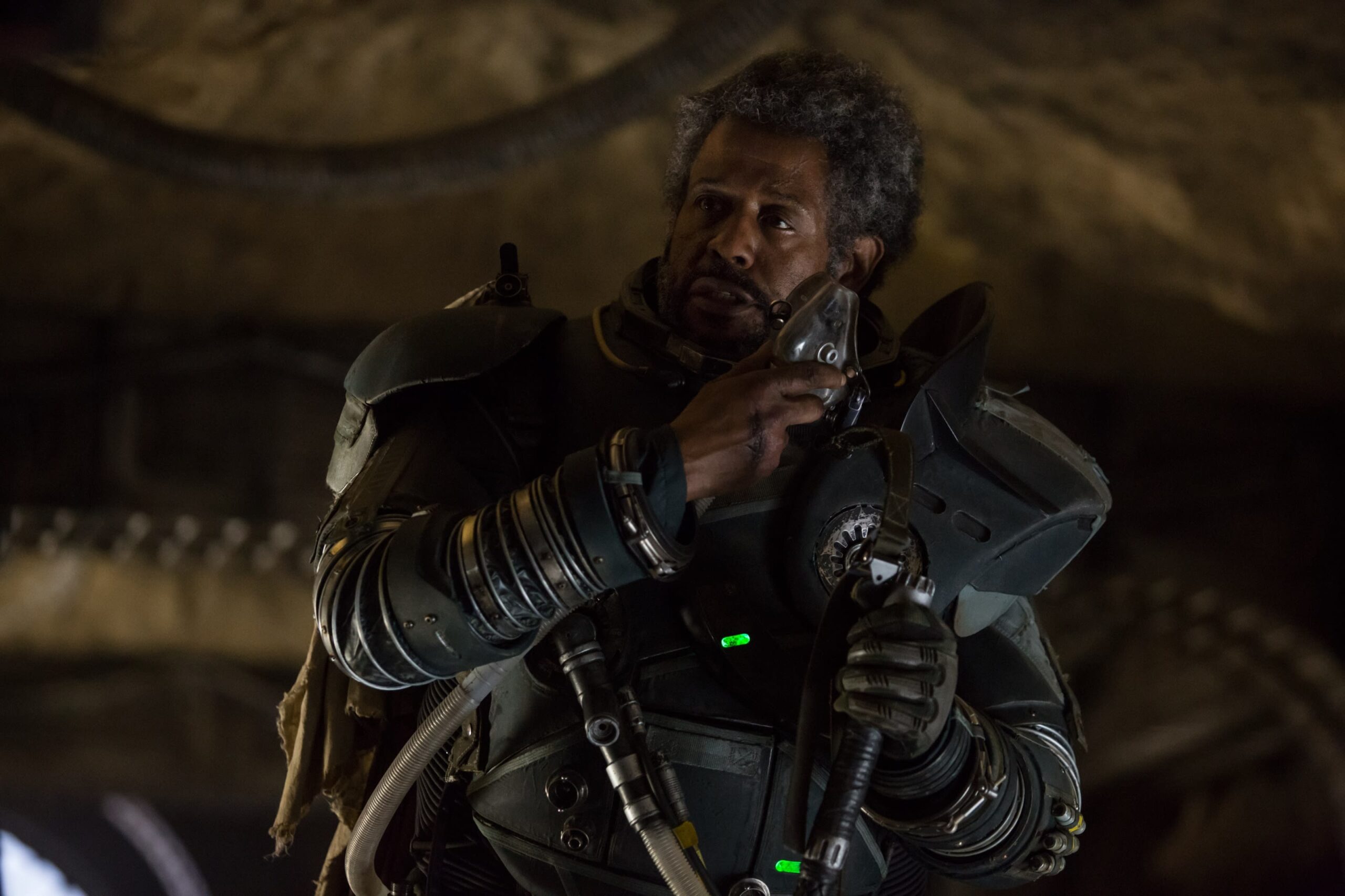
Historical Context: The Evolution of Saw Gerrera
Saw Gerrera's development reflects a broader trend in Star Wars of fleshing out minor characters across multiple media. Introduced in 2012 in The Clone Wars, Saw was one of the last characters created by George Lucas, originally intended for a live-action TV series that never materialized (Wikipedia: Saw Gerrera). His transition from animation to live-action in Rogue One (2016) marked a significant milestone, making him the first animated character to appear in a Star Wars film. Since then, his appearances in Rebels, Jedi: Fallen Order, and now Andor have built a cohesive arc, showing how personal loss and relentless warfare transform a hopeful rebel into a tragic figure.
This approach mirrors other Star Wars characters like Ahsoka Tano, whose journey spans The Clone Wars, Rebels, and her own live-action series. However, Saw's story is unique in its focus on the physical and psychological toll of rebellion. While Ahsoka's arc emphasizes resilience and hope, Saw's highlights sacrifice and self-destruction, making him a darker counterpoint. The rhydonium revelation in Andor Season 2 is a masterstroke in this regard, providing a concrete explanation for his condition while deepening the thematic resonance of his character.
The Bigger Picture: Symbolism and Sacrifice
Saw Gerrera's breathing mask is more than just an explanation for a Rogue One plot point; it's a lens through which we can understand the deeper themes of Andor and Star Wars as a whole. It's a reminder that revolution isn't glamorous—it's messy, painful, and often self-destructive. Saw's obsession with rhydonium mirrors the way ideologies can consume individuals, blurring the line between sacrifice and addiction. Yet, it also highlights the human element of rebellion, showing that even the most radical figures are driven by personal loss and love.
In a galaxy where characters are often defined by their actions, Saw Gerrera is defined by his scars—both visible and invisible. His breathing mask, now explained, serves as a powerful symbol of the cost of freedom, a cost that Saw willingly pays, even as it destroys him. It's a stark contrast to the heroic archetypes of Luke Skywalker or Rey, offering a more grounded perspective on what it means to fight against oppression.
Andor Season 2's exploration of Saw Gerrera's breathing mask is a masterclass in character development, weaving together physical, emotional, and thematic threads to create a richer portrait of a complex figure. It's not just about explaining a piece of Rogue One lore—it's about understanding the man behind the mask, a revolutionary whose love for his cause and his sister burns as fiercely as the rhydonium he breathes. As Star Wars continues to expand, stories like Saw's remind us that the fight for freedom comes with a price—one that some pay with their very breath.
Would you risk your health for a cause you believe in? Share your thoughts below.

